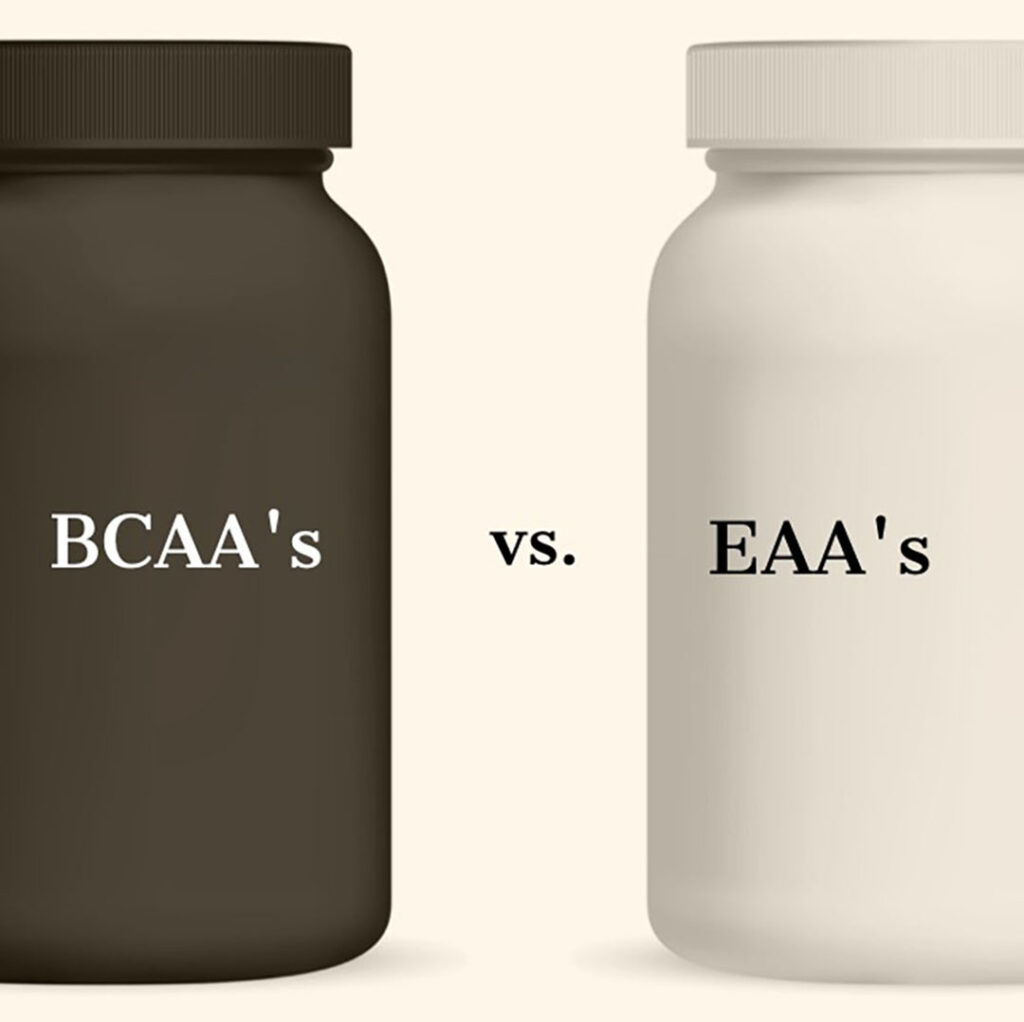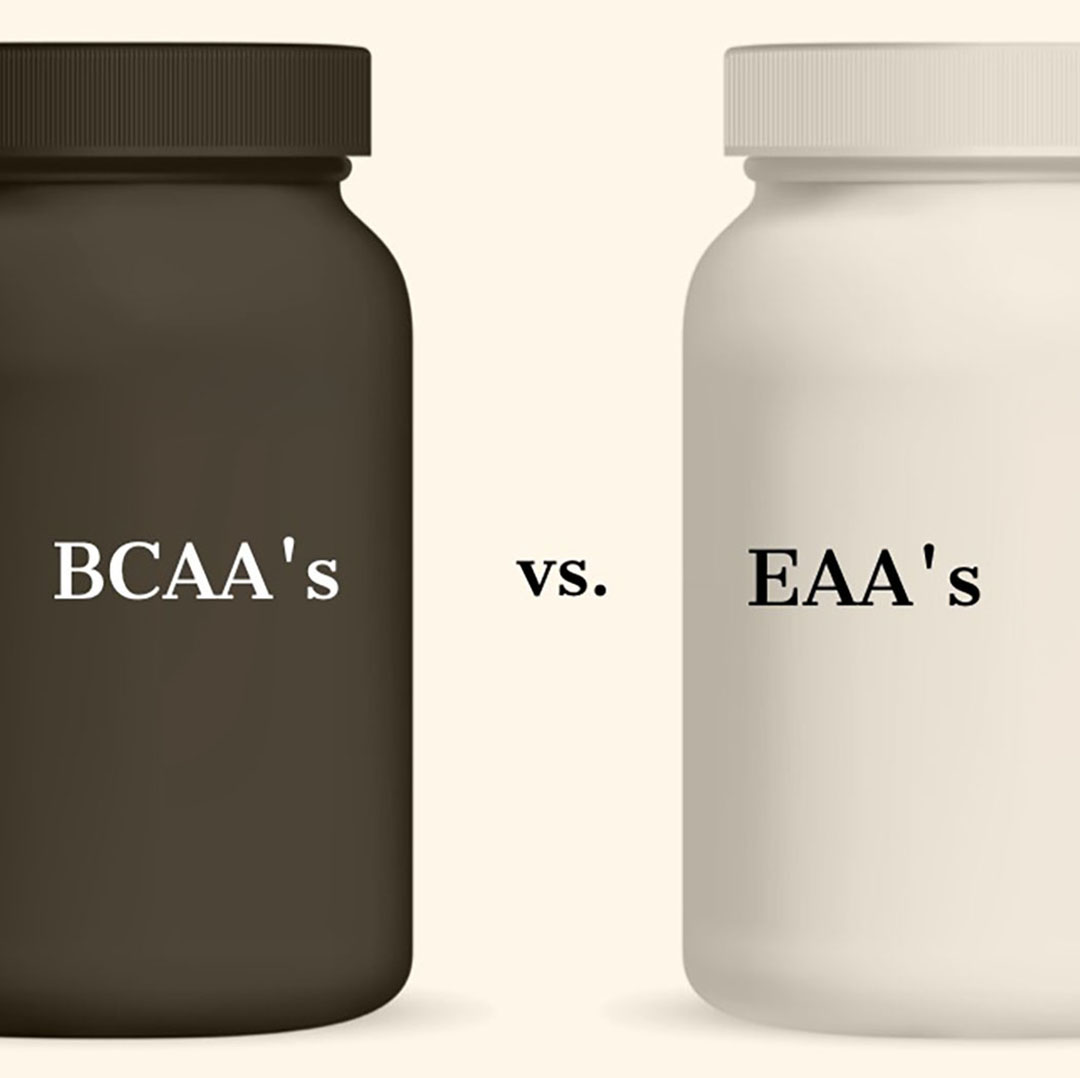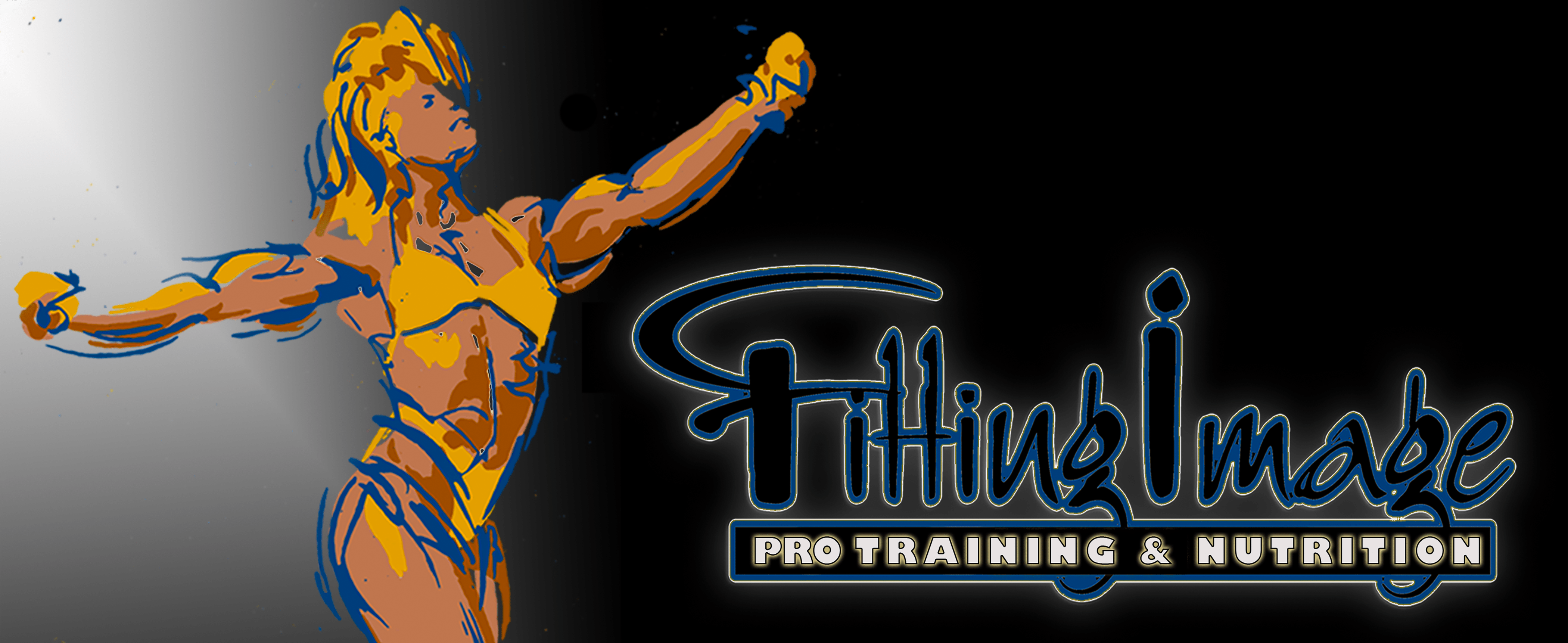
BCAA’s vs. EAA’s: What’s the Difference?
Which should you take? Branched Chain Amino Acids (BCAA’s) or Essential Amino Acids (EAA’s)
We hear a lot about amino acids and how important they are for maximizing your gains and recovery, but do you know the difference in BCAA’s and EAA’s? Do you know what you should be taking and when?
We are going to discuss that just a bit, but first let’s cover some general information.
What are Amino Acids?
Amino acids are the building blocks of muscle.
There are 20 different amino acids in our standard genetic code that are all needed in varying levels, nine of which are “essential” and eleven labelled “non-essential.” Each amino acid has a distinct chemical structure and play different roles, but collectively their primary role is to build proteins. From only 9 essential and 11 non-essential amino acids, the body can generate thousands of unique proteins with different functions such as forming neurotransmitters, hormone production, and producing energy.
What are Branched-Chain Amino Acids (BCAA’s)?
Branched-chain amino acids, sometimes referred to as the BCAA’s, are a group of essential, or indispensable amino acids. They are specifically valine, leucine, and isoleucine. BCAA’s are needed for muscle synthesis and to preserve muscle glycogen but are not produced by the body. BCAA’s may also help prevent muscle protein breakdown during exercise.
Leucine has been extensively studied for its effects on muscle protein synthesis and has been shown to be the most critical amino acid in regard to muscle growth. The BCAAs improve synthesis of the cellular machinery that is necessary for protein production. They not only increase the rate of synthesis, but they also increase the cellular capacity. Studies show BCAA supplementation reduces muscle damage, improves endurance, and delays the onset of fatigue by increasing protein synthesis.
Although BCAA’s can be made in the body from other amino acids in a process called transamination, humans cannot make enough to meet their needs for muscle protein synthesis and catabolism regulation. That is why it is suggested that any serious lifter supplement with BCAA’s.
BCAAs taken at the right time can help promote muscle growth and minimize catabolism after strenuous exercise and dieting.
BCAA’s supplementation also helps to decrease the activity of components of the protein breakdown pathway and lowering the expression of several complexes involved in protein degradation, such as reducing mRNA synthesis from the gene that codes for these components.
BCAA’s have been found to boost exercise intensity, giving the impression of greater energy before intense activities. BCAA’s compete for entry into the brain with tryptophan, which is converted to the neurotransmitter serotonin. When serotonin levels rise during exercise it can increase feelings of tiredness. This effect may help you work longer and harder.
For a quicker boost try powder or liquid free-form BCAA’s. They require no digestion and are rapidly absorbed into the circulation. Blood amino acid levels are boosted to a far greater and faster extent than with peptide-bound amino acids as found in let’s say 30 grams of a whey protein supplement. This dually provides a muscle-sparing and muscle-synthesis impact.
BCAAs can be utilized as a quick energy source during your workouts since they go directly to your bloodstream. Valine and isoleucine are termed glycogenic amino acids because they can be converted to glucose and act as an important energy source during exercise for combating tiredness and workout fatigue.
What are Essential Amino Acids (EAA’s)?
Essential amino acids are the most important amino acids needed for your body to function. They cannot be synthesized by your body and therefore must be obtained through diet or supplements.
The branched-chain amino acids (leucine, isoleucine, and valine) we spoke about above are three of these essential amino acids. Excluding the BCAA’s, the other essential amino acids are L Lysine, L Phenylalanine, L Threonine, L Histidine, L Methionine, and L Tryptophan. EAA’s are required by the human body for cell growth and repair. Muscle protein synthesis can only take place when there are enough EAA’s in the body.
If your diet doesn’t contain enough EAA’s, your body won’t get all the nutrients it needs from protein foods, and the extra calories will be stored as fat. The need for a suitable amount of amino acids in the diet is referred to as “limiting protein utilization,” therefore good supplementation is essential.
Here is a breakdown of what each individual amino acid does:
Leucine: may be the major fuel involved in anabolic reactions and protein synthesis. Aids in fat loss, improved performance, muscle recovery, and stabilizes blood sugar.
Isoleucine: is important for blood sugar and energy regulation, muscle repair and protein synthesis.
Valine: needed to maintain proper nitrogen balance in the body, muscle fiber firing, and tissue repair.
Lysine: Lysine deficiency can result in a corresponding niacin deficiency, as well as slow connective tissue repair. May prevent the herpes virus from growing.
Phenylalanine: stimulates the release of neurotransmitters and hormones such as adrenaline and noradrenaline. This is crucial for optimum efficiency of your central and peripheral nervous system.
Threonine: Is important for your immune system activity and antibody production. Also, can be converted into glycine and serine (a nonessential amino that is used in the biosynthesis of proteins.). It is an important amino acid for the nervous system and plays an important role in fat metabolism and the prevention of fatty liver. Useful for indigestion and has also been used to alleviate anxiety and mild depression.
Histidine: serves as a neurotransmitter, a precursor of carnosine in muscle and parts of the brain, required for the synthesis of protein
Methionine: plays an important part in the growth of new blood vessels, aids in the excretion of heavy metals (lead, mercury, copper). Loss of methionine has been linked to senile graying of hair. The Sulphur in methionine provides nourishment for the hair, skin, and nails. It facilitates detoxification and protects the cells from pollutants. It slows down the aging process. Helps in the absorption of other nutrients like selenium and zinc. Prevents excess fat buildup in the liver and lowers cholesterol by increasing lecithin production in the liver.
Tryptophan: plays a role in the process of releasing neurotransmitters and hormones such as serotonin and melatonin. Essential in regulating appetite, sleep, mood, and pain.
Now that we have some background info, what does it mean for your supplementation needs? Which should you take?
Truthfully both products have their place. BCAA’s are 3 of the essential amino acids but are not complete like the EAA’s. The EAA’s are required for complete protein synthesis. BCAA’s though have been found to be depleted by hard training. Studies have shown that the complete array of EAA’s are best used pre-workout, and BCAA’s are best post-workout to facilitate muscle recovery and replenish depleted stores to stay in the optimal amino acid balance. The bottom line? It would be greatly beneficial to anyone who wants muscle growth to invest in both BCAA and EAA supplementation. The optimal amount to take is 10-20 grams of EAA’s before workout, and 5-10 grams BCAA’s post-workout.




